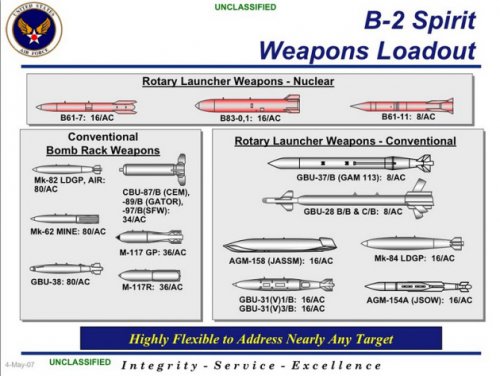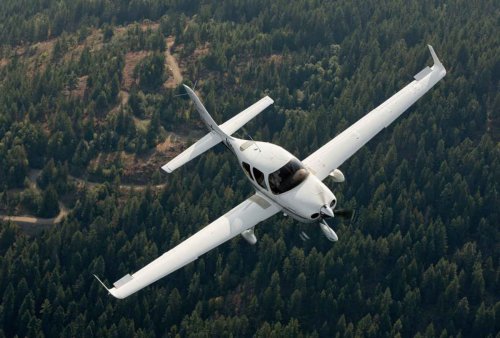NeilChapman said:
I wonder what they've learned about flight controls that has reverted the planform?
Since the B-2 was designed there have been many developments in flight controls - some of them in the last few years.
Tailless aircraft have been the focus of a lot of attention since the late 1980s. Removing the tail has benefits from a signature standpoint but removing that tail introduces yaw problems.
In the 90s there was a lot of work done on thrust vector control (including fluidic yaw vectoring). The state of the art in that area has advanced considerably since the B-2, which has a limited degree of thrust-based yaw control using differential engine thrust. That differential engine thrust is used on the B-2 to limit required control surface deflections - because those big control surfaces are not so good for the RF signature.
Also during the 90s DoD funded work to develop new kinds of control surfaces for both subsonic and supersonic aircraft. Some of that work is documented in "FATE" and "ICE" threads on the forum. The product of that work can be seen on the X-47A.
View: https://www.youtube.com/watch?v=Jt-Yp5WMW7s
More recently there has been work on "morphing" aircraft structures. This ranges from gapless control surfaces to changing the shape of the whole aircraft. Back in the 1980s the AFTI F-111 tested what we would now call a "morphing" wing. A morphing wing could offer many things to a flying wing aircraft. This could be dynamic twist to control yaw, "seamless" control surfaces, a changing airfoil, or an outer wing that changes shape and size for performance reasons.
View: https://www.youtube.com/watch?v=9ZpAHxMj5lU
And in the last few years NASA has experimented with altering the distribution of lift on a wing to control adverse yaw. The Prandtl-D test aircraft demonstrated a new way of implementing some old ideas using modern tools which could have significant advantages for an aircraft like the LRS-B.
View: https://www.youtube.com/watch?v=Hr0I6wBFGpY






